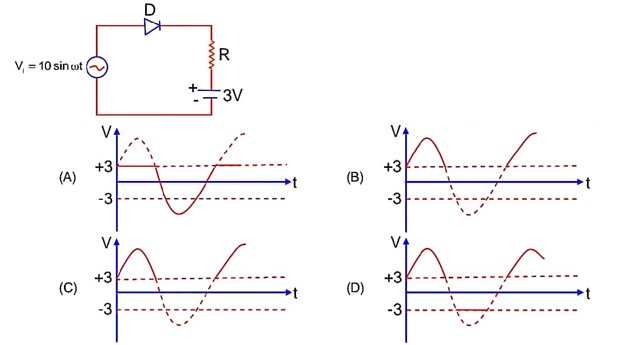Class 12th
Get insights from 12k questions on Class 12th, answered by students, alumni, and experts. You may also ask and answer any question you like about Class 12th
Follow Ask QuestionQuestions
Discussions
Active Users
Followers
New answer posted
2 months agoContributor-Level 10
Let us consider an elementary ring of radius r and thickness dr in which current is flowing.
So, No. of turns in this elementary ring
New answer posted
2 months agoContributor-Level 10
Diode, in forward biased condition only, will allow current to flow through it.
Pot. different across resistor is
But in reverse biased condition of diode,
(across diode)
Taking an Exam? Selecting a College?
Get authentic answers from experts, students and alumni that you won't find anywhere else
Sign Up on ShikshaOn Shiksha, get access to
- 65k Colleges
- 1.2k Exams
- 679k Reviews
- 1800k Answers


